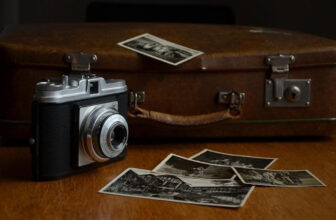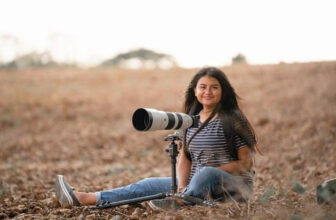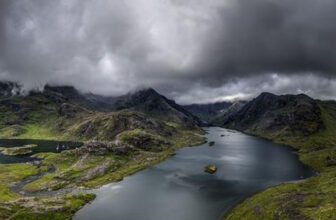Mastering Macro Photography: Tips for Stunning Close-ups
GoogleAds
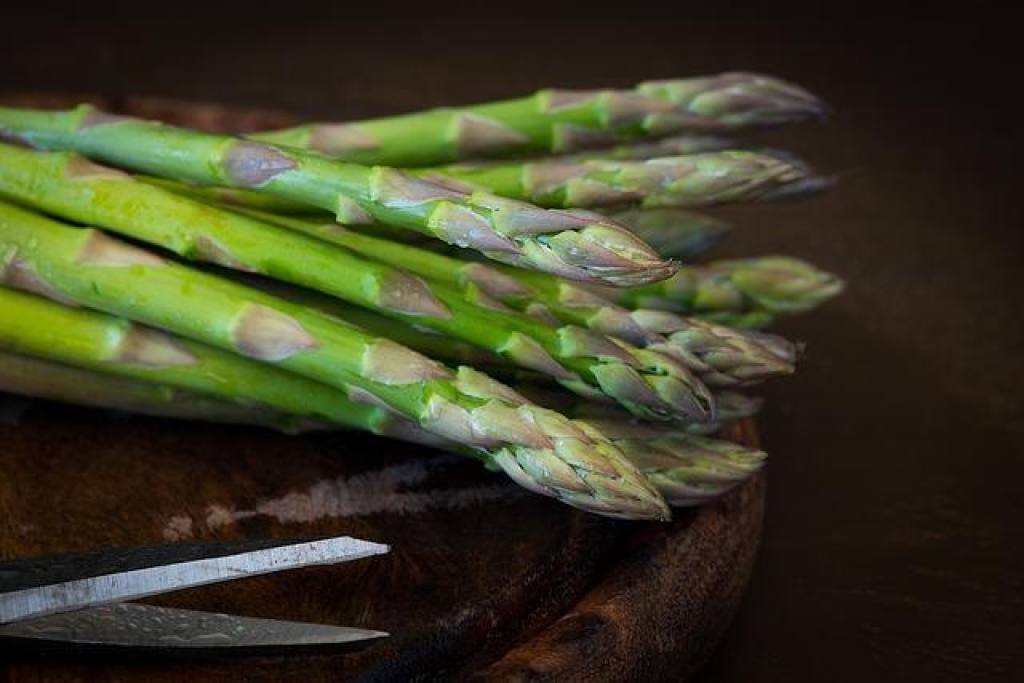
Macro photography is a fascinating art form that allows photographers to capture minute details in stunning clarity. From capturing the delicate veins on a leaf to highlighting the intricate patterns on a bug’s wing, mastering macro photography can open up a whole new world of photographic possibilities. In this article, we will explore some tips and techniques for achieving stunning close-ups in your macro photography projects. Whether you’re a seasoned pro or just starting out, these tips will help take your macro photography skills to the next level.
Choosing the Right Equipment for Macro Photography
When it comes to mastering macro photography, choosing the right equipment is crucial for capturing stunning close-up shots. Whether you’re a beginner or a seasoned pro, having the right gear can make all the difference in the quality of your images. Here are some tips to help you select the perfect equipment for your macro photography needs.
1. Camera Body:
- Look for a camera body with a high resolution sensor to capture fine details in your macro shots.
- Consider a camera with a flip-out screen for easier composition and focusing.
- Choose a camera with a good autofocus system for quick and accurate focusing on small subjects.
2. Macro Lens:
- Invest in a dedicated macro lens with a 1:1 magnification ratio for true macro photography.
- Consider the focal length of the lens – a longer focal length (e.g. 100mm) will give you more working distance from your subject.
- Look for a lens with a wide aperture (e.g. f/2.8) for beautiful background blur and sharp subject isolation.
3. Tripod:
- Use a sturdy tripod to keep your camera stable and prevent camera shake in your close-up shots.
- Look for a tripod with a center column that can be tilted horizontally for low-angle shots.
- Consider a tripod with a ball head for easy and quick adjustments in tight spaces.
4. Lighting:
- Invest in a macro ring light or a twin flash setup for even lighting on your subject.
- Consider using a diffuser or reflector to soften harsh shadows and create a more flattering light on your subject.
- Experiment with different lighting angles and intensities to create unique and dynamic macro images.
| Equipment | Brand | Price |
|---|---|---|
| Macro Lens | Canon | $500 |
| Tripod | Manfrotto | $200 |
| Ring Light | Neewer | $50 |
5. Accessories:
- Consider using extension tubes or close-up filters to increase the magnification of your existing lenses.
- Invest in a remote shutter release or use the camera’s self-timer to avoid camera shake when pressing the shutter button.
- Try using a focusing rail for precise and incremental focusing adjustments in your macro shots.
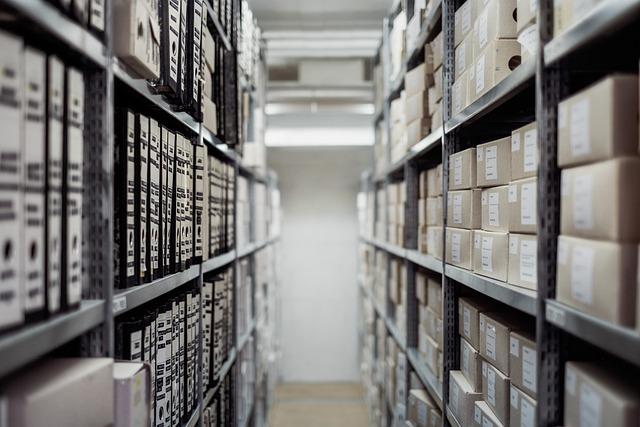
Understanding Depth of Field and Focus in Close-up Shots
When capturing close-up shots in macro photography, understanding depth of field and focus is essential for achieving stunning and impactful images. Depth of field refers to the range of distance that appears acceptably sharp in a photograph, while focus determines what specific elements within that range are sharp and in focus.
One key tip for mastering depth of field in close-up shots is to use a wide aperture, such as f/2.8 or lower. This will create a shallow depth of field, allowing you to isolate your subject and create a blurred background, also known as bokeh. Experimenting with different apertures will help you understand how depth of field affects the overall look of your images.
Another important aspect to consider when shooting close-ups is the focus point. In macro photography, precision is crucial, so be sure to focus on the most important part of your subject. Utilize your camera’s autofocus capabilities or manually adjust the focus to ensure that the desired area is sharp and in focus.
Composition plays a significant role in close-up photography as well. Pay attention to the framing and positioning of your subject within the frame. Consider the rule of thirds, leading lines, and negative space to create visually appealing and well-balanced close-up shots.
| Tip: | Experiment with different angles and perspectives to add interest and uniqueness to your close-up shots. |
|---|---|
| Tip: | Use a tripod to stabilize your camera and avoid camera shake, especially when shooting at close range with a wide aperture. |
Utilizing Natural Lighting for Beautiful Macro Images
When it comes to capturing stunning close-up shots in macro photography, utilizing natural lighting can make all the difference. Natural light not only enhances the details and colors in your images but also creates a more organic and authentic look. To master the art of macro photography, here are some tips on how to make the most of natural lighting:
1. Choose the Right Time of Day: The quality of natural light can vary throughout the day, so it’s essential to choose the right time to shoot your macro images. Early morning and late afternoon are ideal times when the sunlight is softer and creates a warm glow that adds depth and dimension to your photos.
2. Position Your Subject: Pay attention to how the natural light falls on your subject and adjust its position accordingly. Experiment with different angles and perspectives to find the best lighting that highlights the textures and details of your subject.
3. Use Reflectors and Diffusers: For more control over the natural light, consider using reflectors and diffusers to bounce and soften the light. Reflectors can redirect light onto your subject, while diffusers can help create a soft and even lighting effect for a more balanced look.
| Tip | Description |
|---|---|
| 4. | Shoot in the shade to avoid harsh shadows and overexposure. |
| 5. | Experiment with backlighting to create a dramatic and ethereal effect. |
By following these tips and techniques, you can harness the power of natural lighting to create stunning macro images that capture the intricate beauty of the world up close.
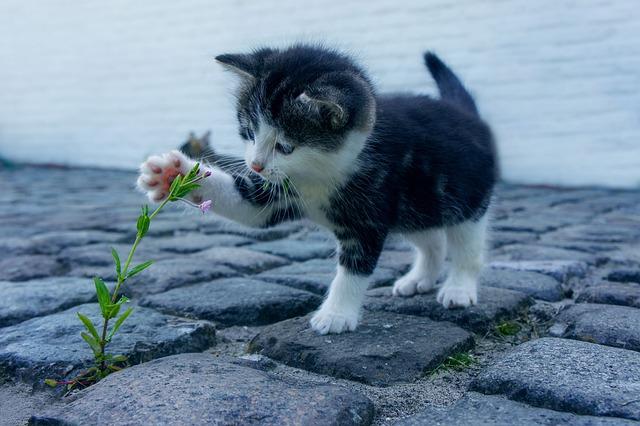
Exploring Different Composition Techniques for Close-ups
When it comes to mastering macro photography, one of the key elements to consider is composition. Close-up shots require a keen eye for detail and a creative approach to framing your subject. By exploring different composition techniques, you can elevate your close-up photos to a whole new level.
Framing
One of the most important composition techniques for close-ups is framing. By using elements in the foreground to frame your subject, you can create a sense of depth and visual interest in your photos. Experiment with using natural elements such as leaves or flowers to frame your subject and draw the viewer’s eye to the focal point.
Rule of Thirds
The rule of thirds is a classic composition technique that can be applied to close-up photography. By dividing your frame into nine equal sections with two horizontal and two vertical lines, you can create a more dynamic and visually appealing composition. Place your subject off-center at one of the intersecting points to create a balanced and interesting close-up shot.
Leading Lines
Leading lines are another composition technique that can be effective in close-up photography. Use natural lines in your environment, such as branches or shadows, to lead the viewer’s eye towards your subject. This technique can add a sense of movement and flow to your close-up photos.
Negative Space
Don’t be afraid to leave negative space in your close-up photos. Negative space can help to create a sense of balance and focus on your subject. Experiment with leaving empty space around your subject to draw attention to the details and textures in your close-up shots.
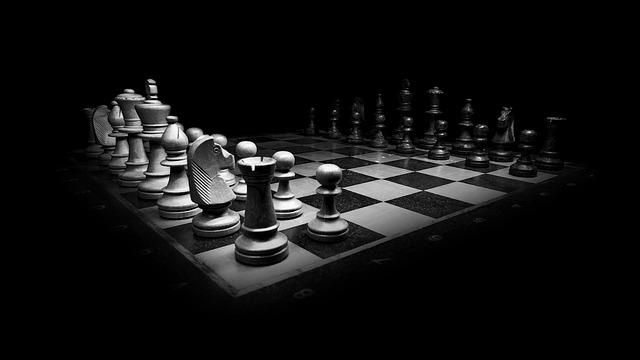
Mastering the Art of Manual Focusing in Macro Photography
In the world of macro photography, mastering manual focusing is essential for capturing stunning close-up shots of intricate details. Manual focusing allows you to have complete control over your depth of field and focus points, resulting in sharp and clear images that highlight the beauty of your subject.
One key tip for mastering manual focusing in macro photography is to use focus peaking. This feature, available on many modern cameras, highlights the areas that are in focus in your frame, making it easier to see where your focus is sharp. Experiment with different levels of peaking intensity to find what works best for your style.
Another helpful tip is to use a tripod to keep your camera steady while manually focusing. This will help ensure that your focus remains consistent throughout your shoot, especially when working with subjects that require precise focus, such as tiny insects or delicate flowers. Consider investing in a sturdy tripod with a fluid head for smooth adjustments.
When manually focusing in macro photography, it’s important to take your time and be patient. The process can be slower than using autofocus, but the results are well worth the extra effort. Take the time to carefully adjust your focus ring and double-check your settings before capturing each shot to ensure that your subject is tack-sharp.
Overall, takes practice and dedication, but the results can be truly breathtaking. By using focus peaking, a tripod, and taking your time to perfect each shot, you can capture stunning close-up images that showcase the intricate beauty of the world around us.
Tips for Achieving Sharpness and Detail in Close-up Shots
To achieve stunning close-up shots in macro photography, it is essential to focus on achieving sharpness and detail in your images. Here are some tips to help you master the art of capturing intricate details up close:
1. Use a Tripod: A sturdy tripod is your best friend when shooting close-ups, as even the slightest camera shake can result in blurred images. Invest in a good quality tripod to ensure stability and sharpness in your photos.
2. Control Your Depth of Field: When photographing small subjects up close, using a shallow depth of field can create a beautiful blurred background, also known as bokeh. Experiment with different apertures to find the perfect balance between sharpness and background blur.
3. Focus Carefully: Achieving sharp focus is crucial in macro photography. Use your camera’s autofocus feature or manual focus to ensure that the most important parts of your subject are sharp and detailed.
4. Utilize Natural Light: When shooting close-ups, natural light can make a big difference in the quality of your photos. Try to shoot during the golden hours of sunrise and sunset, or position your subject near a window for soft, diffused light.
5. Experiment with Angles: Don’t be afraid to get creative with your composition when shooting close-ups. Try different angles, perspectives, and framing to highlight the intricate details of your subject and create visually interesting images.

Using Accessories to Enhance Your Macro Photography Skills
When it comes to macro photography, the right accessories can make all the difference in capturing stunning close-up shots. One essential accessory for macro photographers is a good quality tripod. A tripod provides stability and eliminates camera shake, allowing you to take sharp and detailed images of small subjects.
Another accessory that can greatly enhance your macro photography skills is a set of extension tubes. Extension tubes are hollow tubes that fit between your camera and lens, allowing you to focus closer to your subject. This can turn a standard lens into a macro lens, enabling you to capture intricate details that would otherwise be impossible.
A macro ring flash is a must-have accessory for macro photographers looking to illuminate their subjects. Unlike a traditional flash, a macro ring flash wraps around the lens, providing even and shadow-free lighting for your close-up shots. This accessory is essential for capturing the fine details and textures of small subjects.
For those looking to get even closer to their subjects, a set of close-up filters can be a game-changer. Close-up filters are simple attachments that screw onto the front of your lens, allowing you to focus at shorter distances. These filters are a cost-effective way to achieve macro-like results without the need for a dedicated macro lens.
When it comes to macro photography, the right accessories can take your skills to the next level. Whether you’re using a tripod for stability, extension tubes for closer focusing, a macro ring flash for lighting, or close-up filters for getting even closer, these accessories can help you capture stunning close-up shots with ease.
Q&A
Q: What is macro photography?
A: Macro photography is a technique used to capture close-up images of small subjects at a very close range, revealing intricate details that are not visible to the naked eye.
Q: Why is macro photography popular among photographers?
A: Macro photography allows photographers to explore the beauty of tiny subjects such as insects, flowers, and textures, capturing details that are often overlooked in everyday life.
Q: What equipment is needed for macro photography?
A: To achieve stunning close-up shots, photographers typically use a macro lens, extension tubes, or a close-up filter to allow their camera to focus on subjects at a very close distance.
Q: What are some tips for mastering macro photography?
A: Some tips for mastering macro photography include using a tripod to stabilize your camera, adjusting your aperture to control depth of field, and experimenting with different lighting techniques to enhance your subject.
Q: How can photographers improve their composition in macro photography?
A: To improve composition in macro photography, photographers should pay attention to the background, use creative angles to capture unique perspectives, and consider the rule of thirds to create visually appealing images.
Q: What are some common mistakes to avoid in macro photography?
A: Some common mistakes to avoid in macro photography include using too narrow of a depth of field, not paying attention to lighting, and forgetting to check your camera settings before shooting.
To Conclude
In conclusion, mastering macro photography can open up a whole new world of stunning close-up images for photographers of all levels. By following the tips provided in this article, you can improve your skills and capture breathtaking details that may have been overlooked before. Remember to practice, experiment, and most importantly, have fun with your macro photography journey. Keep pushing the boundaries of creativity and watch as your close-up shots take on a whole new level of beauty and intricacy. Happy shooting!
GoogleAds



